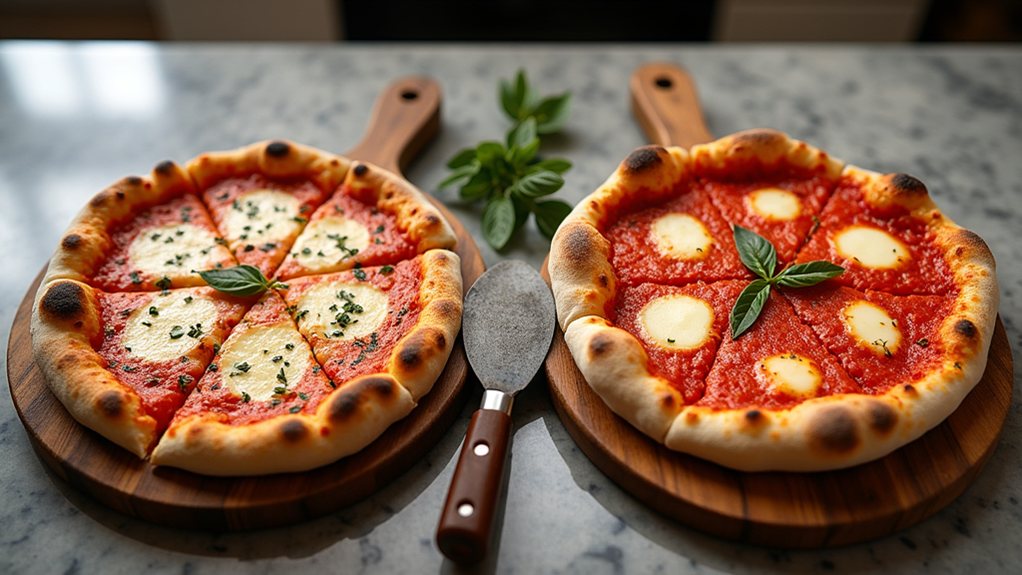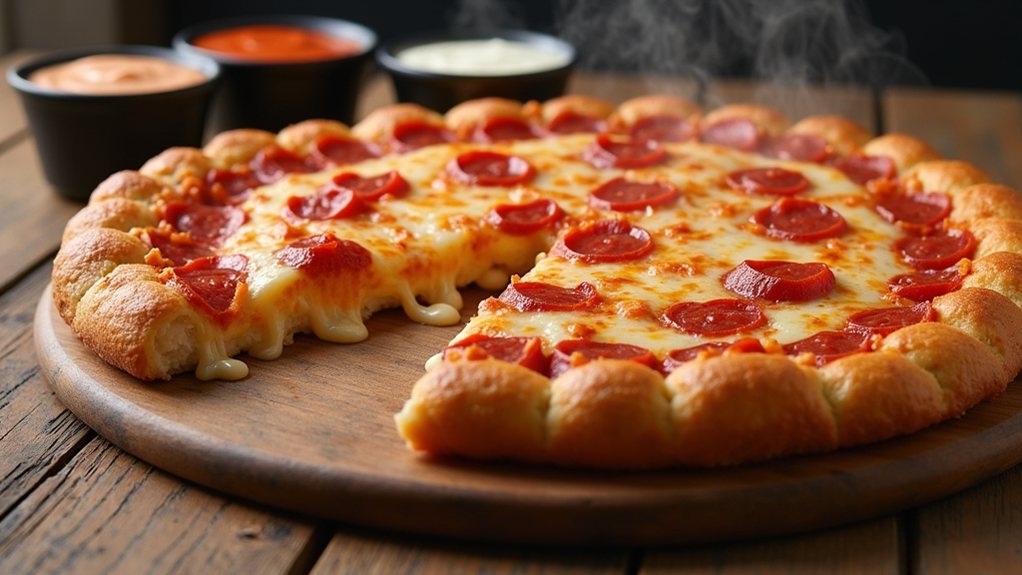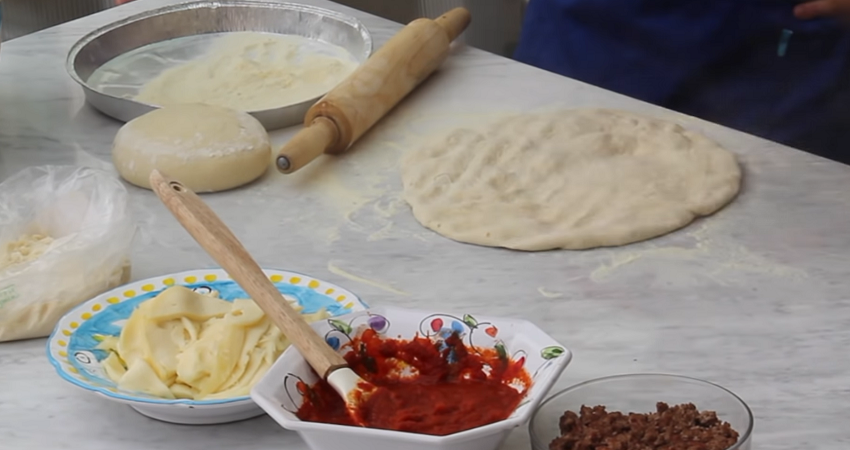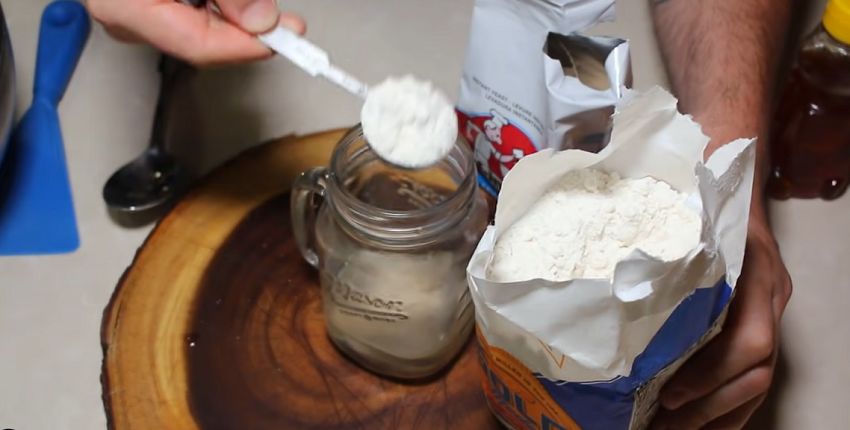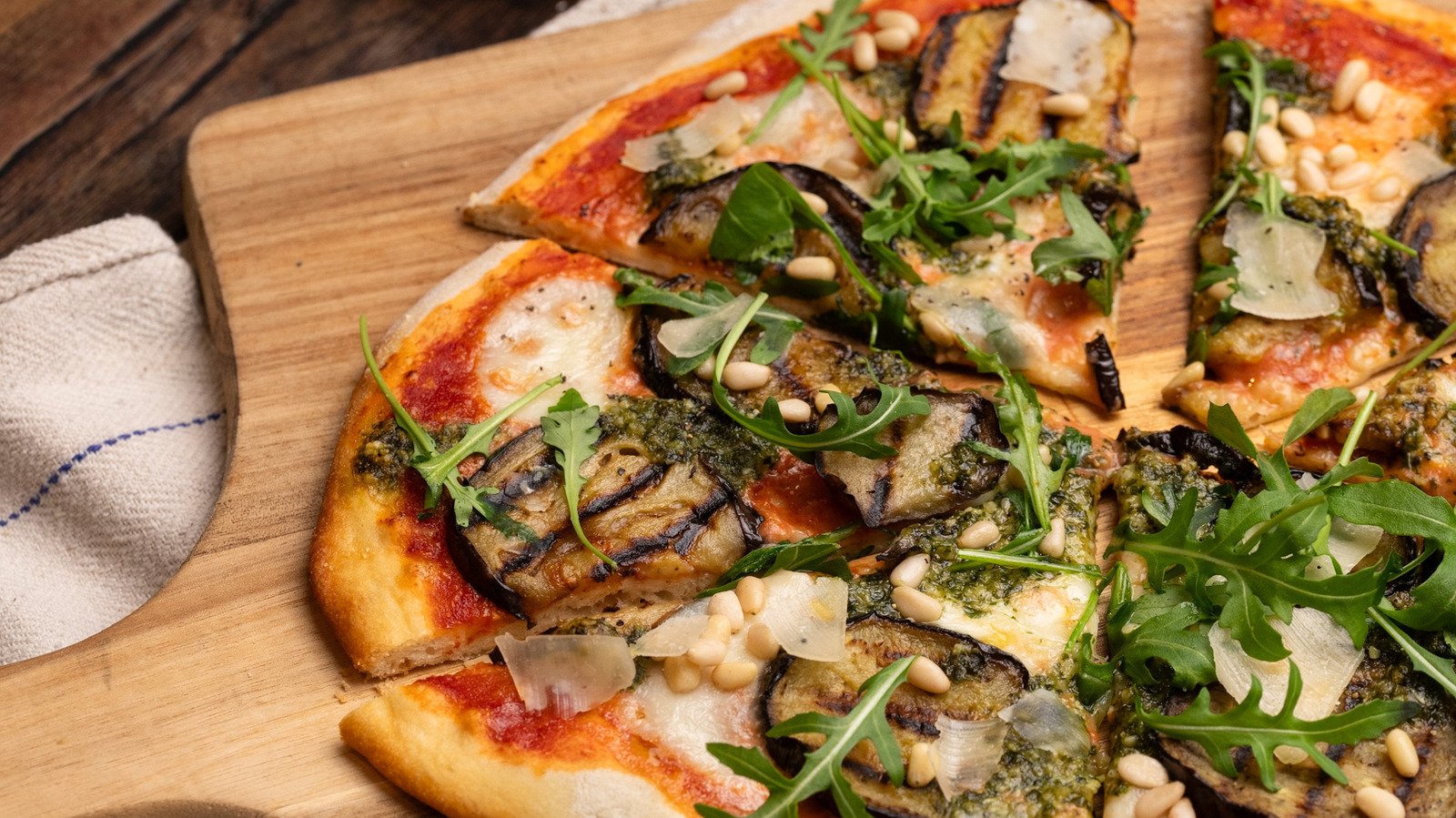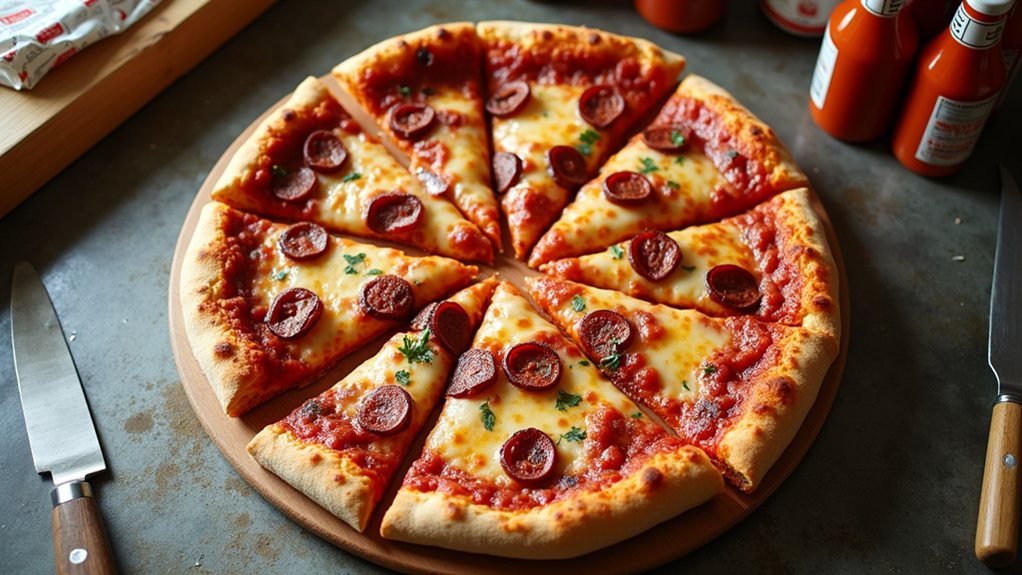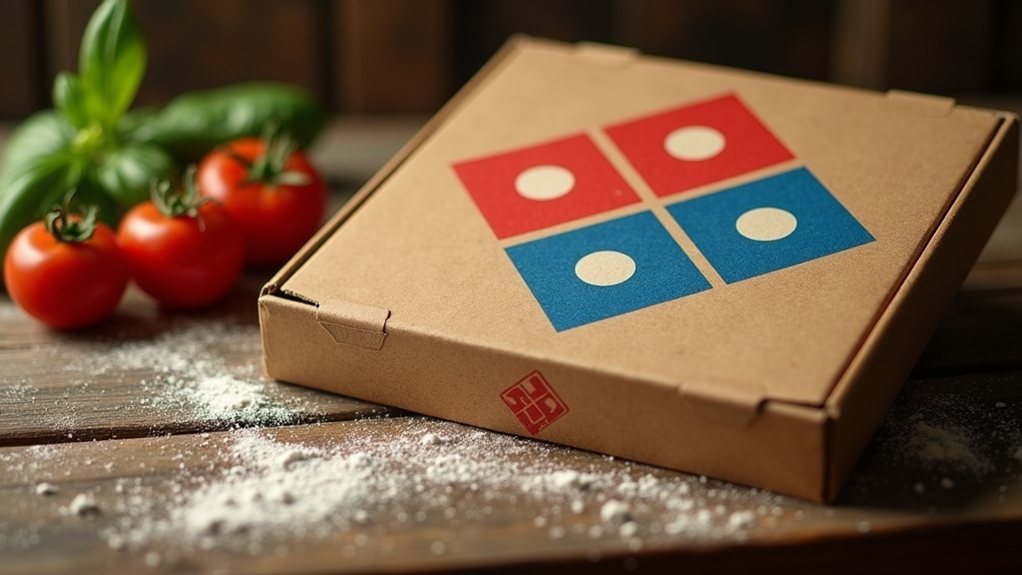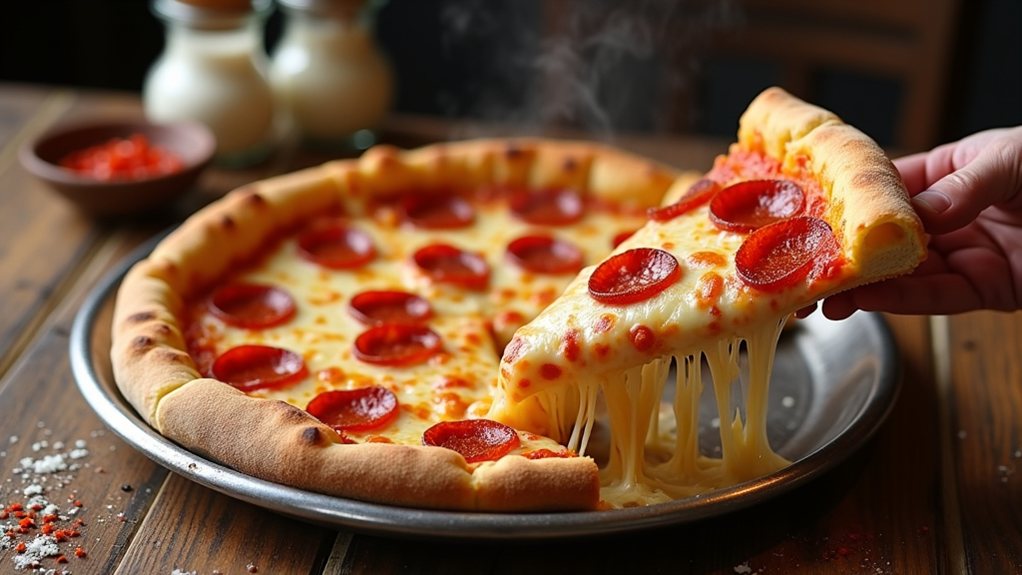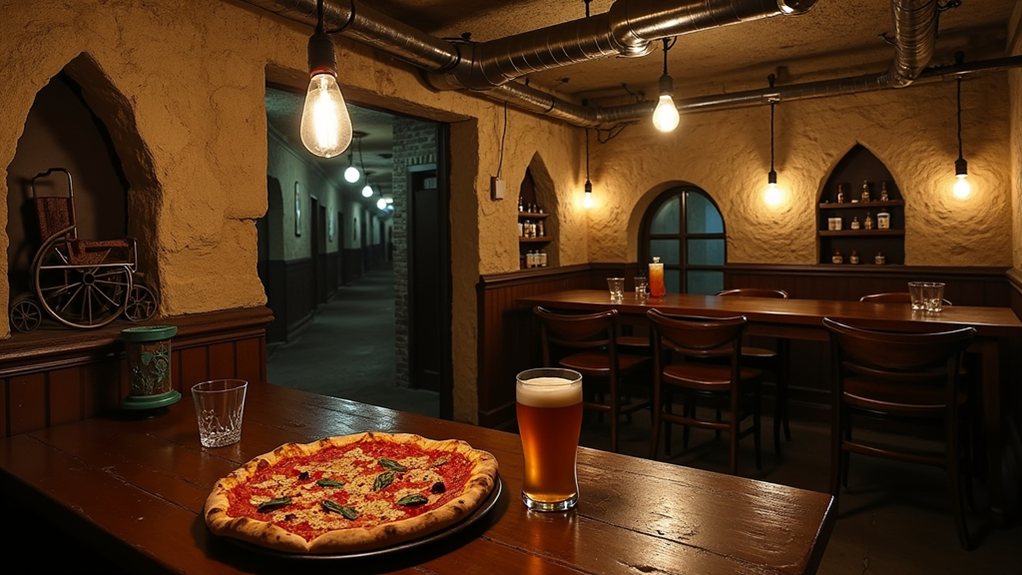The seemingly simple act of layering pizza ingredients has sparked a culinary debate that divides kitchens across America. Traditional Italian methods call for sauce beneath cheese, creating a moisture barrier that protects the crust, while rebels argue that cheese-first construction yields a perfectly crispy base with concentrated tomato flavors. Home cooks test both approaches, documenting their results on social media with passionate testimonials. Which technique truly produces the superior pizza? The answer might surprise even the most dedicated homemade pizza enthusiasts.
The Great Sauce Layering Controversy
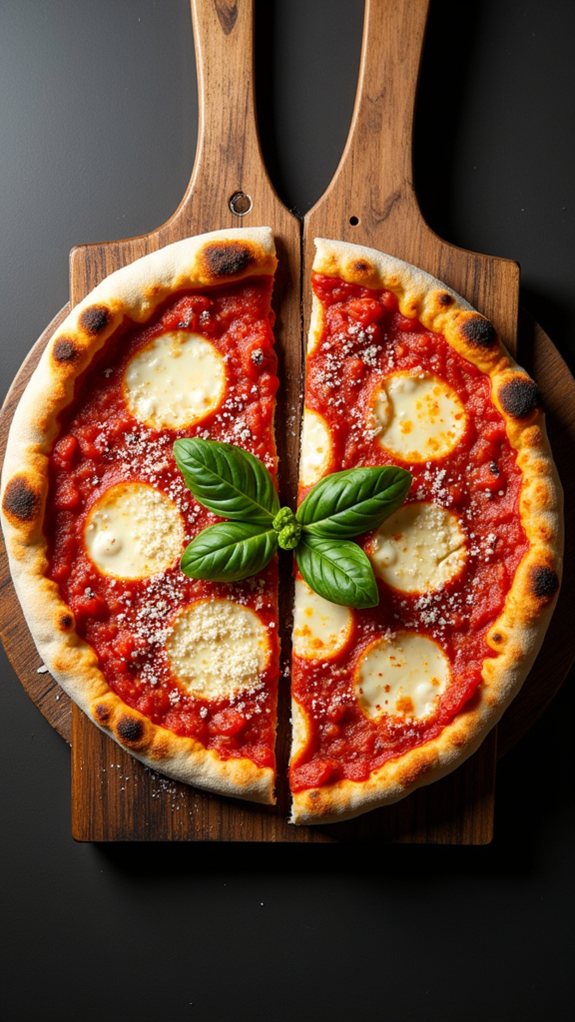
While pizza lovers worldwide can agree on their passion for this beloved dish, a quiet yet persistent debate continues to simmer among home cooks and professional chefs alike: the proper placement of pizza sauce. The traditional approach, sauce initially with cheese layered on top, has historical precedence in many regions and provides distinct advantages. This method allows the sauce to act as a protective barrier between the dough and high oven temperatures, preventing the crust from becoming overly dry during baking.
The art of pizza-making hinges on a fundamental choice—sauce beneath cheese protects the crust, preserving its delicate moisture balance during baking.
However, an alternative approach has gained traction among home pizza enthusiasts: placing cheese directly on the dough, followed by sauce. Proponents of this method point to its practical benefits, particularly when creating homemade pizzas in conventional ovens. The cheese-first technique creates a moisture barrier that protects the dough from excess liquid, often resulting in a crispier crust. This can be especially helpful when working with particularly wet sauces, like those found in authentic Neapolitan-style pizzas. Pizzeria Uno pioneered innovative layering techniques that revolutionized pizza making in the 1940s. Using fresh ingredients ensures optimal flavor development regardless of sauce placement.
The debate extends beyond mere texture considerations into the domain of flavor development and cooking science. When sauce sits atop cheese, it’s exposed directly to the oven’s heat, which can concentrate flavors and amplify the tomato’s natural sweetness. Meanwhile, sauce underneath cheese tends to maintain more moisture and sometimes creates a more cohesive bite where flavors blend together seamlessly. In classic deep-dish pizza, the cheese is purposely placed directly on top of dough with sauce layered above to prevent sogginess during the longer cooking process. The sauce placement also affects cooking dynamics since sauce acts as a heat sink, keeping the temperature at 212°F until water evaporates.
Cultural traditions also influence this culinary choice, with regional styles like Chicago deep-dish famously placing sauce on top by necessity due to longer baking times. The composition of one’s sauce further complicates matters, as thicker, less watery sauces perform differently than their liquid counterparts.
Ultimately, the decision between sauce-first or cheese-first approaches remains deeply personal, influenced by factors including pizza style, available equipment, and individual preference. Both methods have their merits, and many home cooks find themselves switching between techniques depending on the specific pizza they’re creating.
In the dynamic world of pizza making, perhaps there’s room for both traditions to coexist on our dinner tables.
